Using Borrowed Views and Focal Points in Garden Design
 Lee Burkhill: Award Winning Designer & BBC 1's Garden Rescue Presenters Official Blog
Lee Burkhill: Award Winning Designer & BBC 1's Garden Rescue Presenters Official Blog

If you've started to dig around a little into the world of Garden Design or have been binge-watching Gardeners' World, you'll have come across the term 'Borrowed Views'. Other terms like a focal point or eye hook are sometimes used, and it may have sparked your imagination to use these in your garden.
What on earth do these terms of 'borrowed views' mean? This guide will show you exactly what they mean and how, even in the smallest garden, you can make the most of these garden design tricks!
A borrowed view is a garden design term used when one garden 'borrows' a view from another space. This can be in the same garden or external to the garden such as a vista or other object in the distance. Sometimes this borrowed view may be a rolling field, mountain range, running river or in some cases a high-rise block of flats! Check out my post in Nan Lian gardens for their amazing city-borrowed views.
The borrowed view draws your attention outwards from the immediate garden space. This has two benefits.
The really impressive thing with any borrowed view is when a designer makes it feel like both the view belongs in the garden and the garden belongs in that greater view. Confused? Don't be it will all become clear!
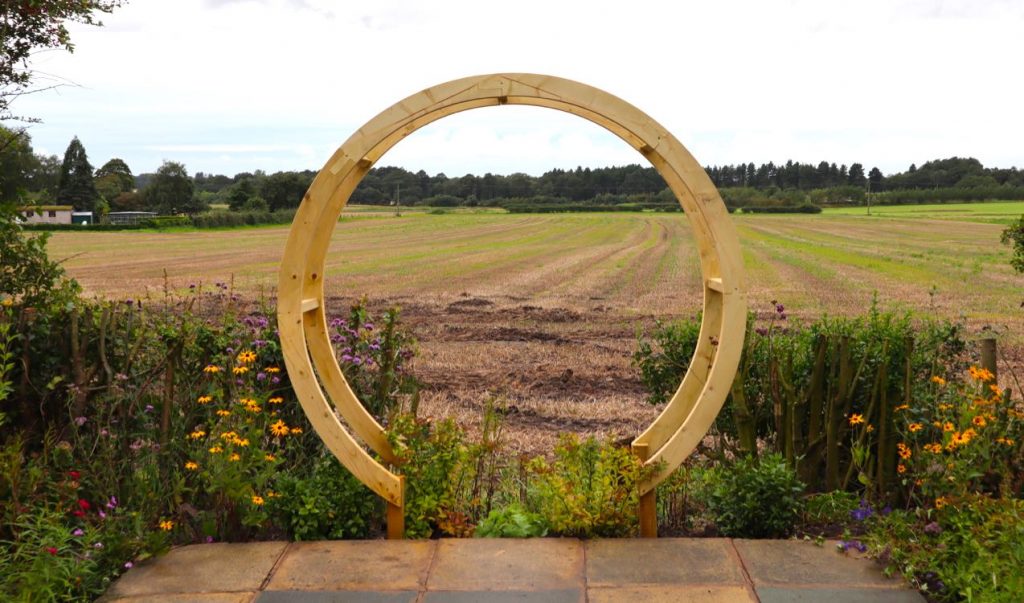
Did you know that you can take my course and learn how to become a Garden Ninja yourself? Click here for details
Creating a borrowed view can be relatively easy, especially if you already back onto a gorgeous vista such as a hillside or rural area. You're taking an external view and framing it without your own garden as if it is part of your garden. Hence the term 'borrowed'.
A borrowed view can still be achieved even if you live in the city. I've seen chimney pots used as borrowed views to link into planted terracotta urns on a roof garden for example. Very Mary Poppins!
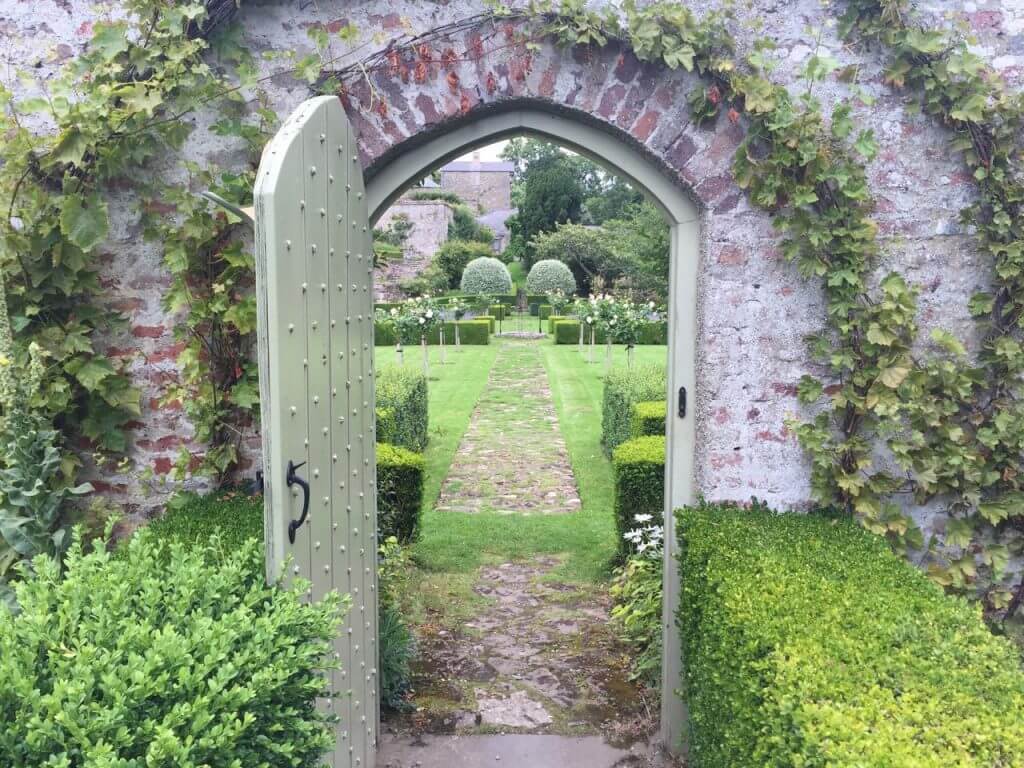
See how this formal garden borrows the view from the next part of the garden. Enticing you to carry on your journey?
Even some of the most unusual views, such as industrial backdrops or even electricity pylons, can be used to good effect. It depends on the style of garden and planting you're using. Sometimes really brutal contemporary gardens can steal a borrowed view of a factory skyline to give a real juxtaposition to the garden especially if you replicate the materials or colours used within the garden.
A great example of a borrowed view is the infamous Derek Jarman garden in Dungeness on the South Coast of the UK. Taking in Dungeness power station as the borrowed view and out to sea, this brutal yet intriguing garden shows how even an unlikely view can become part of your garden. Using driftwood and reclaimed salvage, the garden uses both focal points and borrowed views to achieve incredible results.
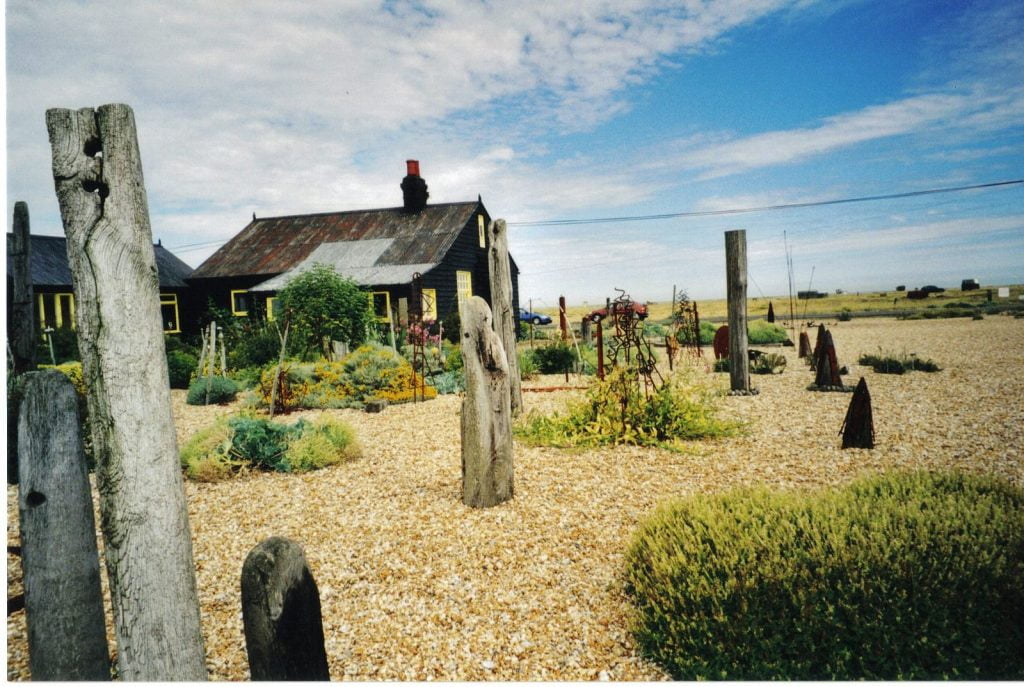
Derek Jarman's Shingle Cottage above, with its borrowed views and focal points
You can be really creative in turning a borrowed view into part of our garden. It doesn't have to be an amazing vista, but the way you can frame external views can really help give your garden a wow factor. A gap in a hedge can bring a borrowed view to the next part of the garden or other area or can be used as a focal point.
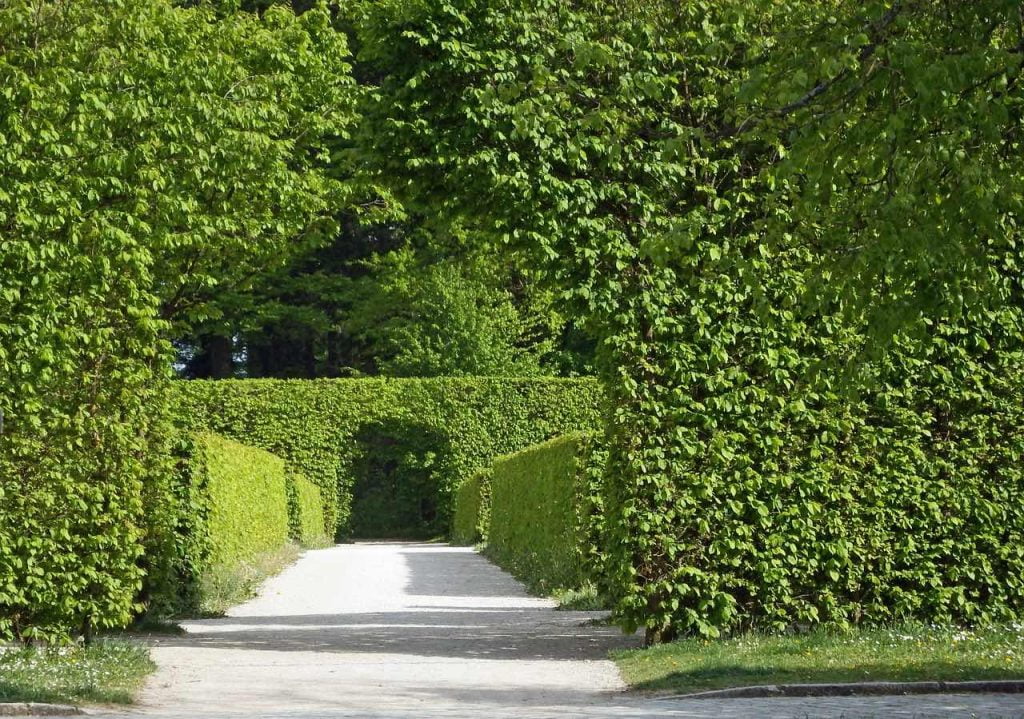
This garden uses simple Beech Hedging and Borrowed views of other areas of the Garden.
A real awe-inspiring borrowed view can be found at the gardens of Marqueyssac in France. This bonkers garden sits on a plateau and not only features masses of formal clipped box but takes in a vista that goes on for miles in the backdrop. So whether you have acres of fields or an industrial grey backdrop, these examples show how you can still create an amazing garden with borrowed views.
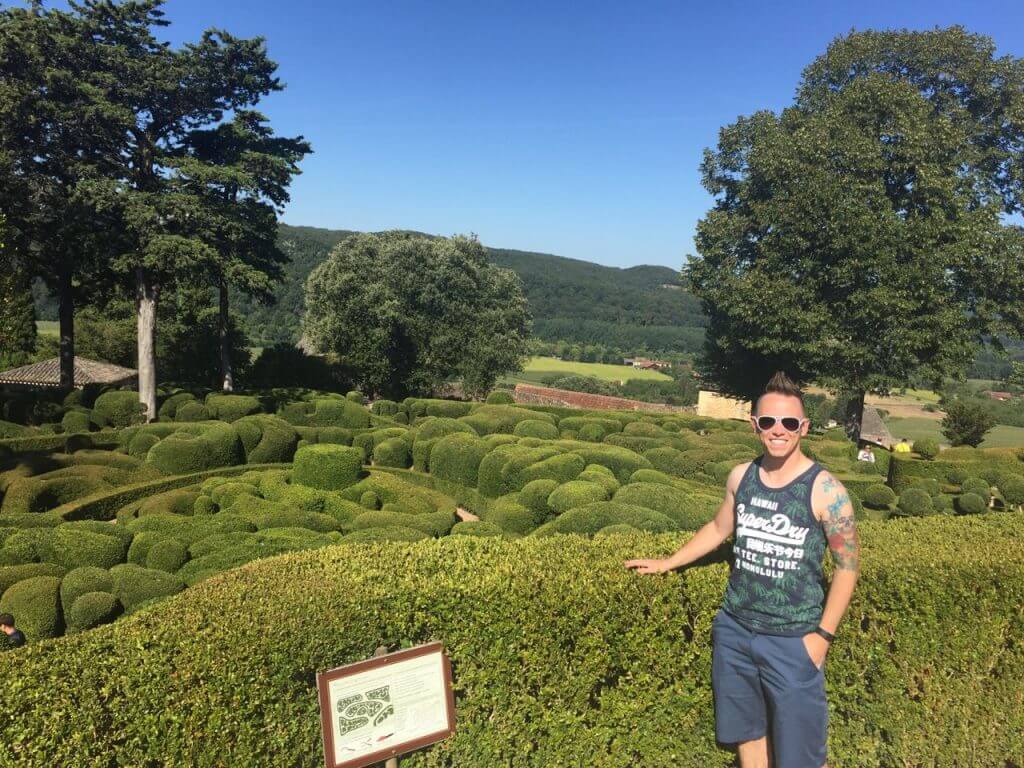
The rolling hills behind are hundreds of meters down below, but you wouldn't know!
A focal point is any item, be it a sculpture, plant, hedge, building or structure that is used to draw a visitor to it. A focal point can provide a destination for someone journeying around the garden or an area that stops a person, allowing them to pause in the garden. Focal points are, however, often overused, diluting their value. Ideally, each garden or garden room area should have one focal point per destination. If you put too many in, it becomes confusing, and you can get perplexed as to where to go.
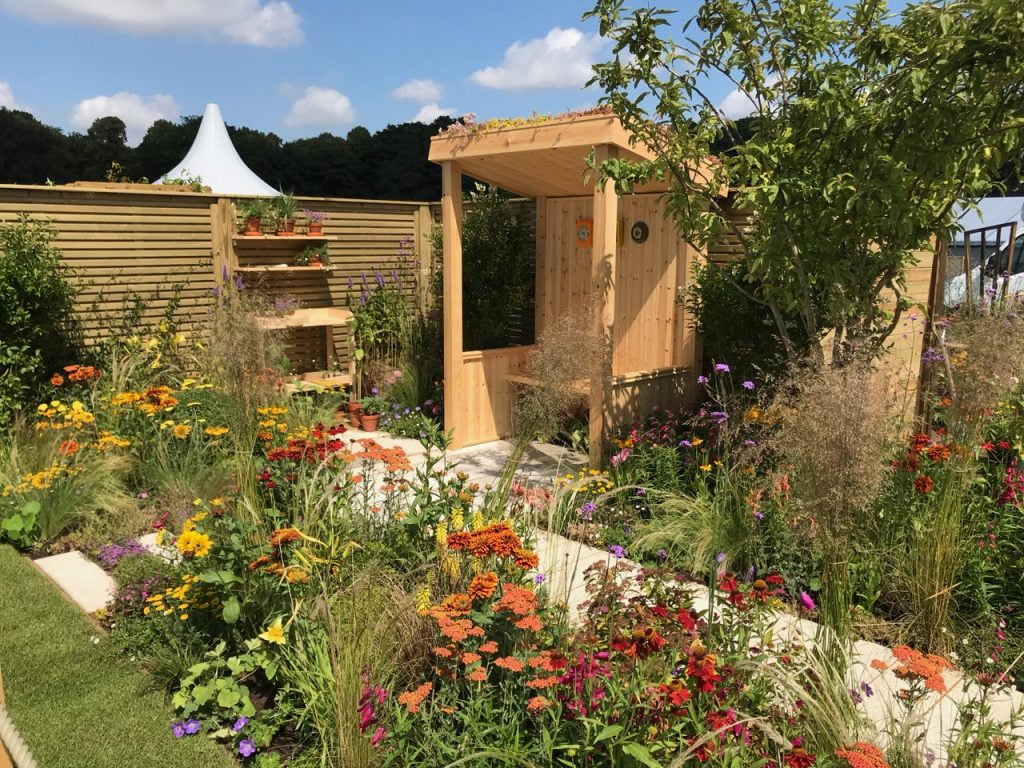
In my Sunshine Garden for the BBC at RHS Tatton, the Focal Point was the hand-built arbour. This arbour gives you somewhere to travel to in the garden.
See how the wooden arbour above draws your eye as a destination in a garden? Next to it is a wooden seed bench which supports this as an area of interest. The barometers on the back of the arbour act as an eye-hook using the colours of the plants (more on that below!)
The Nan Lian Garden uses multiple focal points, borrowed views and eye hooks. Their most impressive focal point is the Golden Pagoda. It calls to visitors to journey towards it. See how its bold colours make it stand out?
Focal points work really well to give you somewhere to travel. They also direct your eye to an item of interest in a garden. Focal points can be large or small but need to stand out in their own way. You could use a bench, a specimen tree, or a sculpture to provide the focal point.
You can try out the position of a focal point simply using a garden bench or chair as the potential object. Move it around the garden and then walk back to the house to see how it looks. Does it draw your eye or attention there or stand out awkwardly? This is a good exercise for determining where your focal point should be in a garden. You want it to guide your eye and lead your visitor to an area of interest, relaxation, or to guide their journey around the garden.
An eye hook is a term used where a reference point in the distance is then linked to the immediate garden. A great example of this is where a chimney pot on a roof garden is then replicated in the garden in the same colour, material, or shape. Eye hooks help merge both the foreground and the background in a garden. I've used eye hooks extensively in the Exploding Atom Garden to pull in the trees on the surrounding road. This makes the garden feel connected to the wider view.
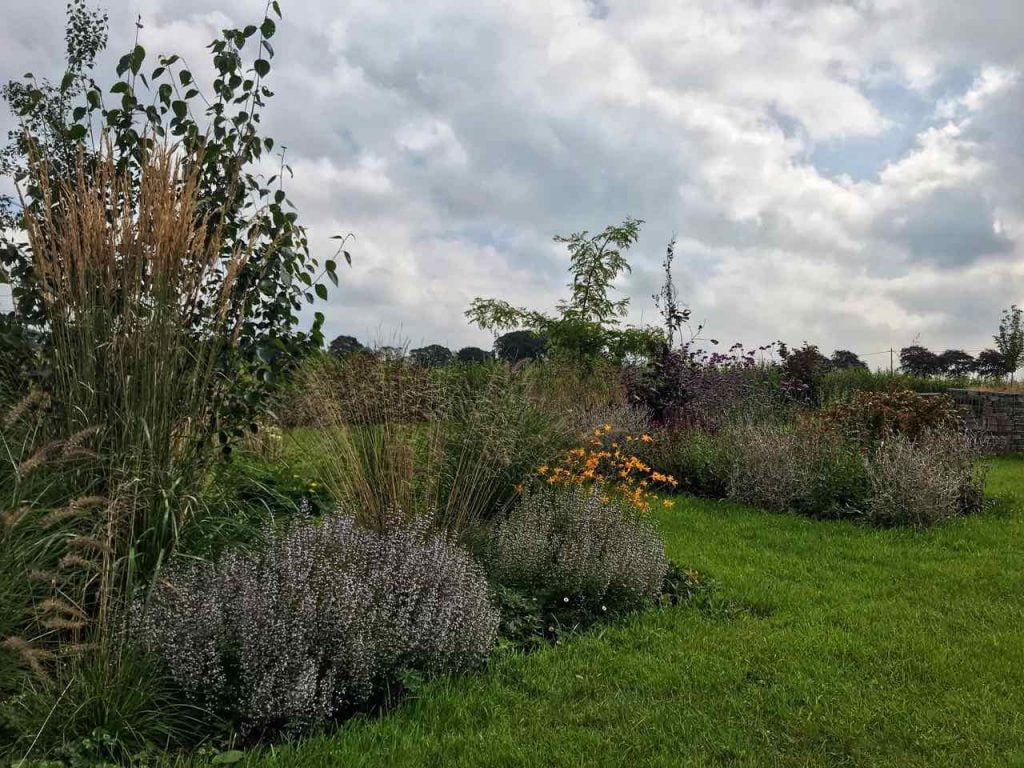
In the Exploding Atom Garden, I use eye hooks with the Purple Beech trees in the far distance, making it feel like the garden goes all the way to the horizon.
A good way to locate an eye hook is to look outside your garden and see what jumps out to your eye. This could be a texture, colour or tree, for example. You can replicate this on a smaller scale in your own garden such as planting a smaller specimen tree of the same style or using a piece of sculpture that copies the colour of the eye hook.
Whilst you can't easily change your surroundings you can be clever in the way you incorporate colours or textures into your own garden. It's far easier to work with this than screen it off or try and fight against it.
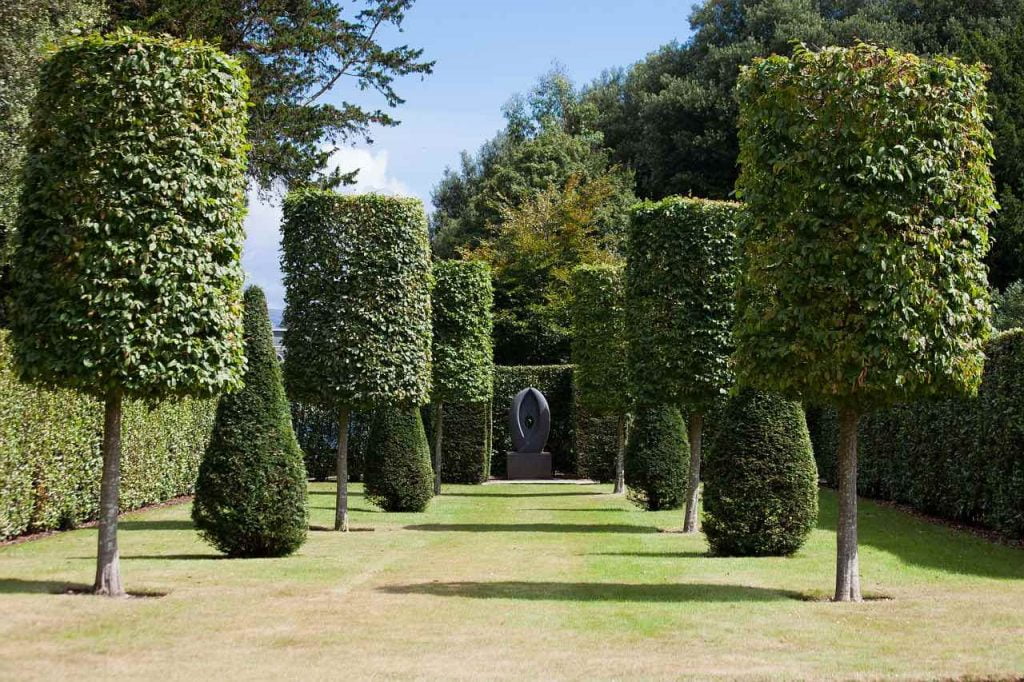
This sculpture acts as a focal point and an eye hook as it mirrors the cone shape of the clipped yew.
By using borrowed views or focal points in a garden, you can take it to the next level. By using a point of interest in a garden, you're helping guide the visitor to areas of interest and providing a purpose. I've seen some amazingly beautiful gardens, but they do not have any direction or subconscious purpose. By adding a focal point of using a borrowed view, you're helping to quietly direct your visitor, just like a director of a movie or a curator in an art gallery.
So whether you have a small urban garden or a huge garden that rolls on for days borrowed views, focal points and eye hooks can be used to create a far more immersive garden design experience. It doesn't need to be expensive or mean massive garden changes. Small tweaks to bring in colours or textures from the wider environment can help make your garden feel bigger than it is. Borrowed views allow you to steal space from outside your garden and provide breathing space to otherwise more contained areas.
Have you used a borrowed view in your garden? If so why not Tweet, Facebook or Instagram me with your pictures? You can also follow me on Youtube where I’ve got plenty of garden guide vlogs.
Happy Gardening!



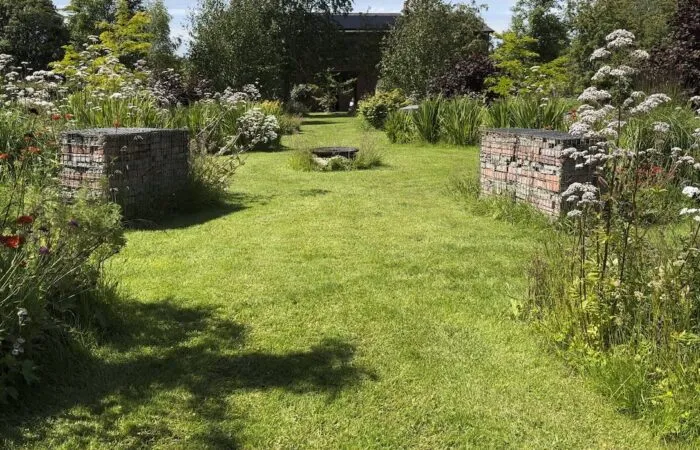
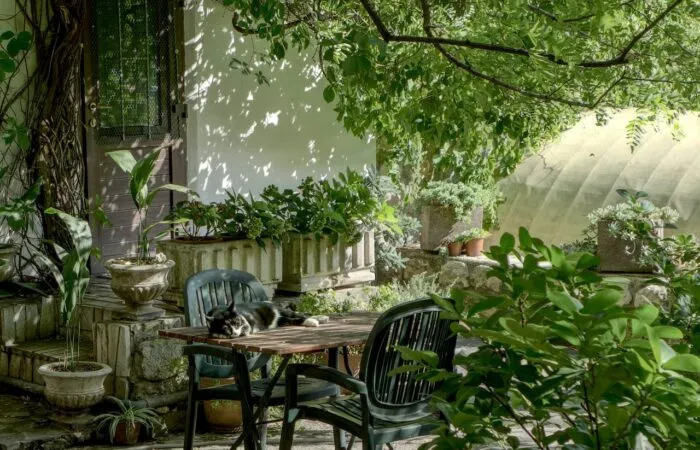
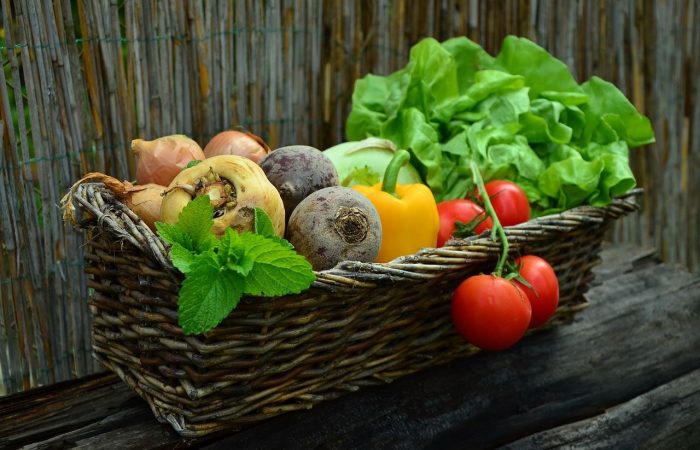

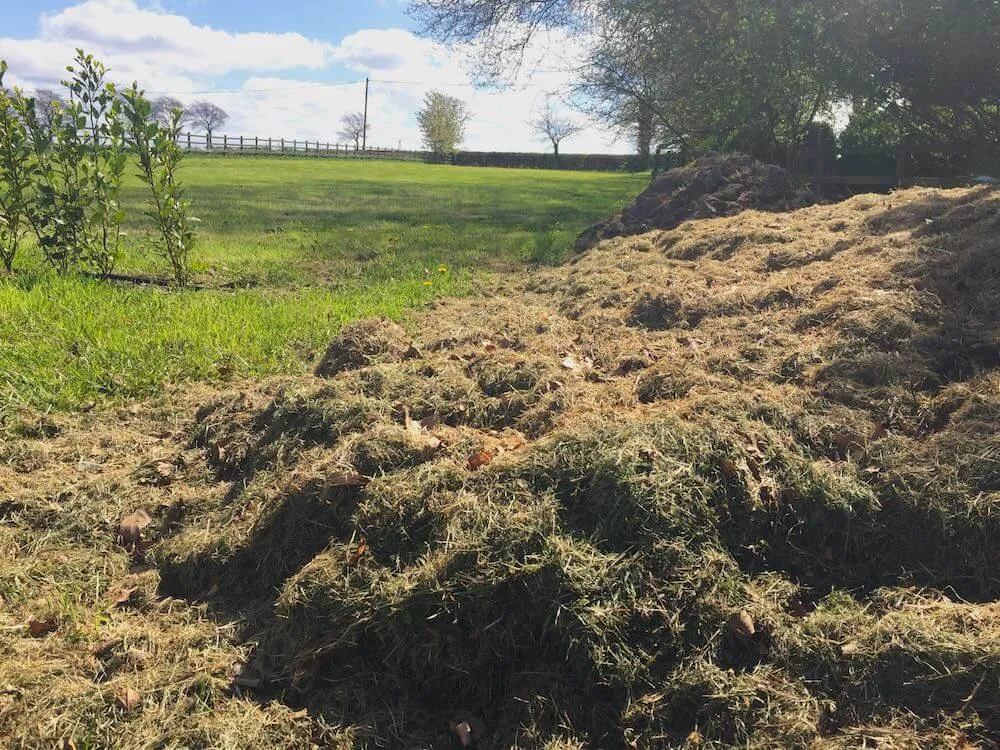
JOIN THE NINJAS

Be the first in line for new Guides, Discount codes and Offers